Every effort has been made to ensure that the information in this book is accurate. The information in this book may not be applicable or suitable for every dog. People should check for themselves if their animal is able to perform the tricks and also to ensure their own safety. If you are concerned about the health of your pet or its ability to perform any of the actions in the book, you should consult a veterinarian practitioner first. Neither the publisher nor author accepts any responsibility for any personal injury or other damage or loss arising from the use of the information in this book.
Copyright 2018 by Julie Tottman
Hachette Book Group supports the right to free expression and the value of copyright. The purpose of copyright is to encourage writers and artists to produce the creative works that enrich our culture.
The scanning, uploading, and distribution of this book without permission is a theft of the authors intellectual property. If you would like permission to use material from the book (other than for review purposes), please contact permissions@hbgusa.com. Thank you for your support of the authors rights.
Running Press Kids
Hachette Book Group
1290 Avenue of the Americas, New York, NY 10104
www.runningpress.com/rpkids
@RP_Kids
Originally published in 2017 by Seven Dials, an imprint of Orion Publishing Group Ltd in the UK
First U.S. Edition: November 2018
Published by Running Press Kids, an imprint of Perseus Books, LLC, a subsidiary of Hachette Book Group, Inc. The Running Press Kids name and logo is a trademark of the Hachette Book Group.
The Hachette Speakers Bureau provides a wide range of authors for speaking events. To find out more, go to www.hachettespeakersbureau.com or call (866) 376-6591.
The publisher is not responsible for websites (or their content) that are not owned by the publisher.
Illustrations by Emanuel Santos
Library of Congress Control Number: 2017961787
ISBNs: 978-0-7624-9263-3 (flexibound), 978-0-7624-9262-6 (ebook)
E3-20180922-JV-PC
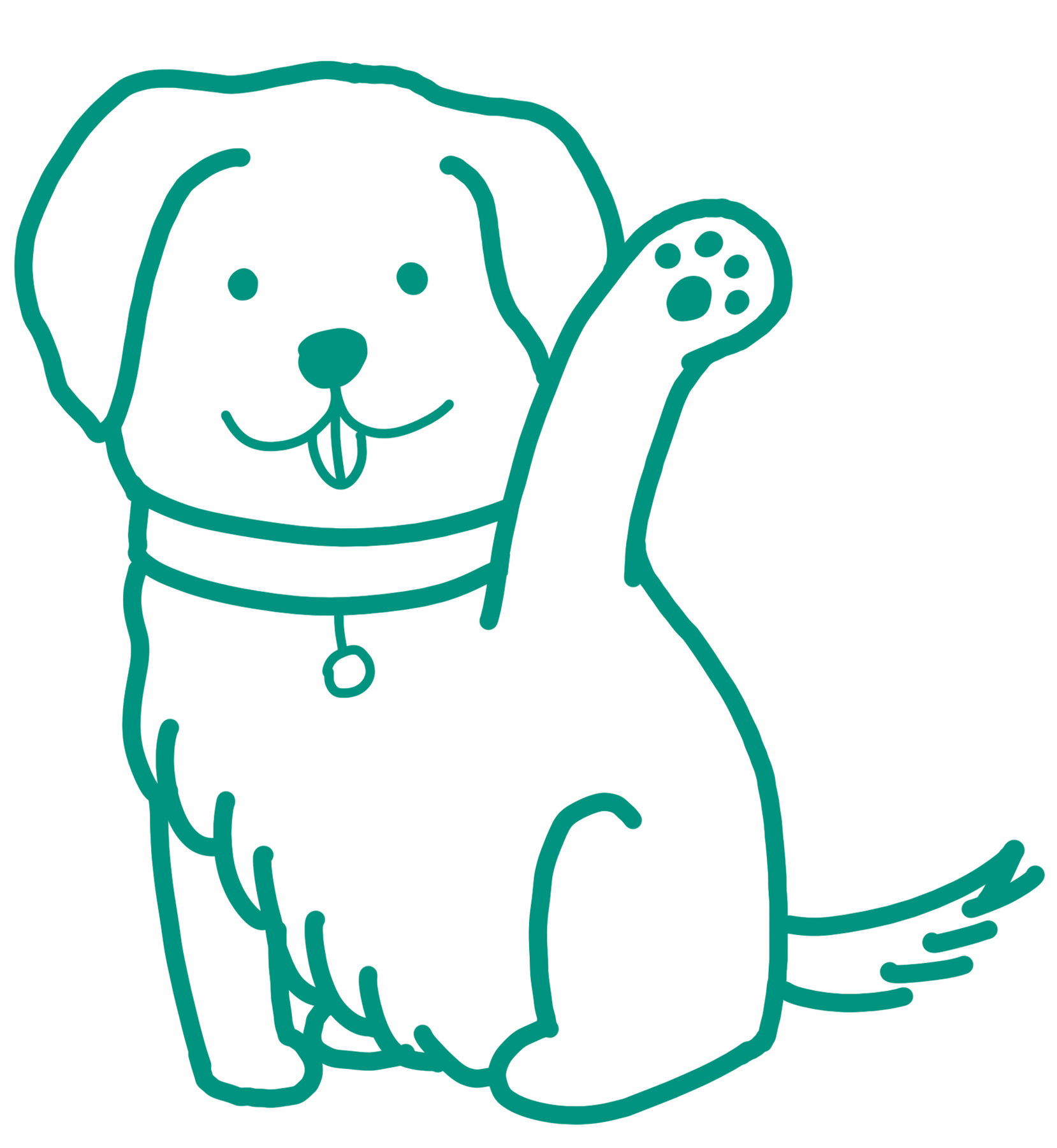
So long as you have praise, enthusiasm, and rewards in abundance, it doesnt matter what type of dog you have or their personalityin my experience, all dogs love learning tricks. Not only do they find it fun, but they love to please and feel very proud of themselves when they make you happy. Its also a great way to stimulate them and stop them from getting bored, and it builds a wonderful relationship between the two of you.
). All of them are worth the effort: I still get a thrill when a dog salutes for the first time, and my heart always melts when they master covering their eyes.
A question I am often asked is whether you can teach an old dog new tricks. You absolutely can! I have trained dogs from the age of eight weeks up to the age of ten years. So, whether you have a puppy or a veteran, I promise he or she can be rivaling the movie stars in no time.
Good luck!
Ive been an animal trainer for film and television for more than twenty years, something I still pinch myself about. Animals have always been my absolute passion; at thirteen, I started working in a poodle parlor on Saturdays, and I did my apprenticeship there when I left school, becoming a doggy hairdresser soon after. It hadnt crossed my mind to look into animal training as a career until a friends fatheran art director in the film industrytold me the job existed. I couldnt believe it: getting paid to play with animals all day and go on film sets? It was too good to be true.
I felt sure I didnt stand a chance of breaking into it, but I managed to find the names of some agencies through a friend in the industry, and I eagerly contacted all of them. I did a lot of work for free before I finally landed a full-time job, and a few years later I was given an amazing opportunity when I was asked to work for an internationally acclaimed animal training company, Birds and Animals. Ive now run the U.K. branch for eighteen years.
One of the things I love about my job is how different each day is. At any one time, I might be working on anything between one and eight feature films, as well as commercials and TV shows, and over the years Ive trained reindeer, monkeys, mongooses, and bats, to name just a few. But dogs are by far the animal Ive worked with the most. In fact, the film that particularly sticks out for me through the years involved lots of dogs: 102 Dalmatians. I was the head puppy trainer, so essentially it was my job to play with adorable puppies all day! It was such an incredible experience.
Pretty much all dogs love to be trained, butjust like humansnot all dogs want to be actors. This means casting the right dog is very important. The first thing I look for is confidence. Film sets are often big places with lots of people, noise, and lights, so a shy or nervous dog simply wouldnt enjoy it. The second thing all dog actors need to be is greedy! A greedy dog with lots of energy is perfect, because he or she will be motivated by the reward and will really enjoy learning and having lots to do and think about.
I try to rescue as many dogs as I can when it comes to casting. Once I have the description of the particular type of dog needed, I contact rescue centers to see if they have any that fit the bill and are in need of a home. One of my favorite dogs over the years was an eight-year-old Yorkshire Terrier named Pickles. She was in such horrendous shape when I went to collect her: she had been rescued from a puppy mill and was very sick. I nursed her back to health and, once she was better, I trained her for a film called What a Girl Wants, which starred Colin Firth and Amanda Bynes. She was always so happy and would do anything I asked her to do, and she loved all the attention she got. She stayed with me after the filming was over and lived until she was twenty years old. Rescue dogs often turn out to be the best dogs; most of them just need love and understanding and to have their energy channeled in a positive way. It is wonderful to give them a second chance.
Hopefully youve bought (or been given) this book because you already have a dog; so long as you have one, the rest is very simple!
 Read the Top Tips for Success (), which offers lots of advice on how to get started and teach tricks successfully.
Read the Top Tips for Success (), which offers lots of advice on how to get started and teach tricks successfully.
 Start with the tricks in The Essentials chapteryour dog needs to know these before you move on to any others.
Start with the tricks in The Essentials chapteryour dog needs to know these before you move on to any others.
 Before you begin each trick, take a look at the key at the top for the following information:
Before you begin each trick, take a look at the key at the top for the following information:
 what size dog the trick is suitable for
what size dog the trick is suitable for
Measuring up to your dogs shoulder, small means 12 inches (30 cm) or under, medium means 18 inches (45 cm) or under, and a big dog is anything above that
 the average length of time it will take for your dog to be performing the trick perfectly on command
the average length of time it will take for your dog to be performing the trick perfectly on command


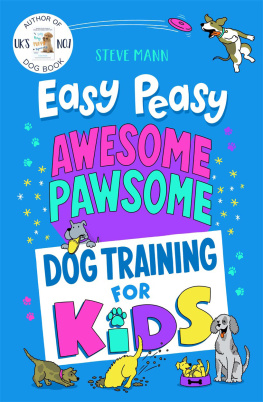
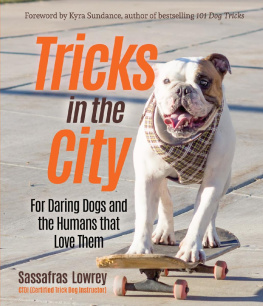


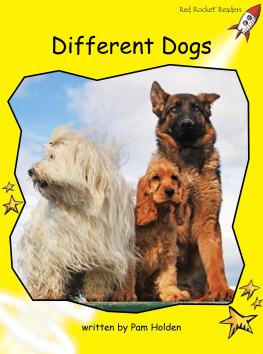
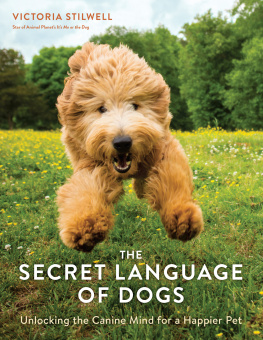



 Read the Top Tips for Success (), which offers lots of advice on how to get started and teach tricks successfully.
Read the Top Tips for Success (), which offers lots of advice on how to get started and teach tricks successfully. what size dog the trick is suitable for
what size dog the trick is suitable for the average length of time it will take for your dog to be performing the trick perfectly on command
the average length of time it will take for your dog to be performing the trick perfectly on command